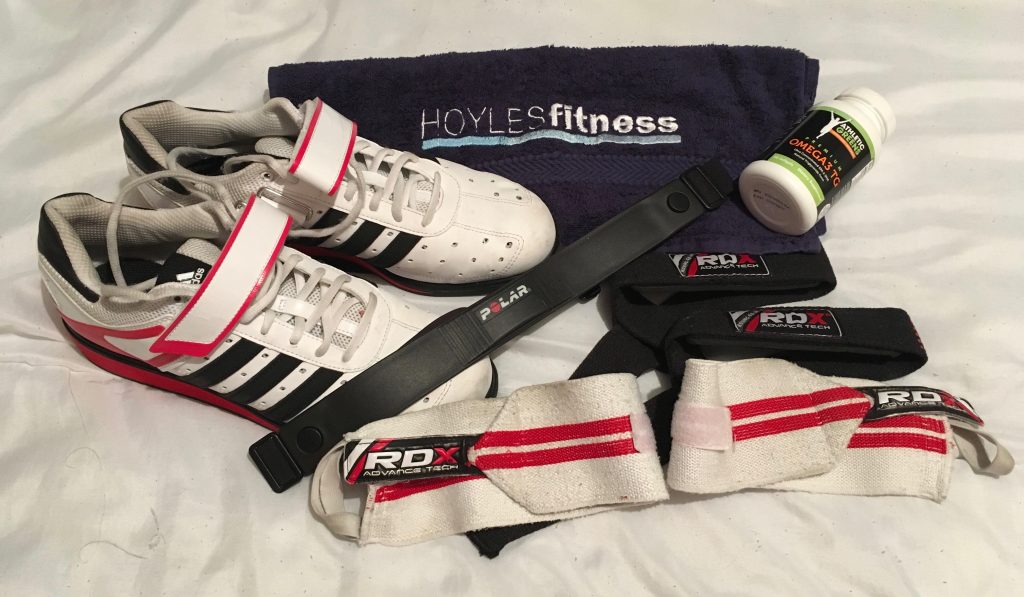Getting Back on Track: Strength Training After Injury
The thought of getting back to your usual exercise routine can be quite scary when you are recovering from an injury. You know that not exercising properly will affect your body in a negative way, but you also have the injury to worry about. Besides, the sheer boredom that comes with not being able to exercise isn’t good for your stress level.
Aside from knowing when to return to exercising, you also have to take extra care as you ease into your usual workout routine. Even when the injured part is no longer in pain, there is a chance that the body may still be recovering. Worry not, because these tips and tricks will help you return to your usual strength training regime without a problem.
Build It Up
Always start with a low-intensity workout when you are trying to get back to strength training. Remember that you have not been exercising for a while and you need your body to make adjustments before you can push it harder.
There is nothing wrong with doing small, low-intensity exercises as a way to return to your usual exercise regime. A quick walk, a 10-minute workout, or other lighter exercises are perfect for this situation.
The goal isn’t to train the body immediately, but rather to get used to moving and exercising again. You will know when to start bumping up the intensity, quantity, and frequency of the exercise.
Use the Right Gear
Using the right gear to support your attempt to get back to exercising is important. When walking is your starting exercise of choice, for example, you want to make sure that you have comfortable walking or running shoes that are perfect for the job.

Some gym gear actually helps you burn more energy with lower-intensity workouts. It is highly recommended that you get a snug sauna vest shaper to amp things up. The vest helps increase the intensity level of your workouts but without putting additional strain on the body itself.
The Sauna Vest also helps your body get accustomed to the higher-intensity routines. Wearing it while doing low-intensity exercises will help you return to your usual strength training regime faster.
Train for the Right Purpose
It is also a good idea to work on the types of exercise routines you do. Before you can optimally do strength training exercises, you still need to begin improving your body’s endurance and stamina. This phase is usually followed by resistance training.

Flexibility is another thing you don’t want to neglect. Training for flexibility allows you to avoid suffering from a similar – or more – injury while trying to get back to the usual exercise program.
If you are not sure about the kind of workouts you can safely do with your injury, you should consult an experienced trainer. Alternatively, you can rely on apps and other resources to help you set up a good post-injury exercise program.
Warm-Ups and Cool-Downs
One last thing to keep in mind: always do enough warm-ups and cool-downs in the beginning and end of the exercise session. Stretching and getting your heartrate to the optimum level before continuing with heavier exercises is more effective when paired with a good cool-down session too.
Cooling down after the exercise also helps the physical impact of the exercise itself. Don’t forget that you haven’t been exercising for a while, so a sore muscle or two is not uncommon. Cooling down properly helps ease the soreness.
That brings us back to the point made in the beginning of this article: just take it easy. You will have all the time in the world to return to your usual exercise regime and pursue your strength training goals. For now, focus on taking better care of your body and getting back to that exercise regime safely.